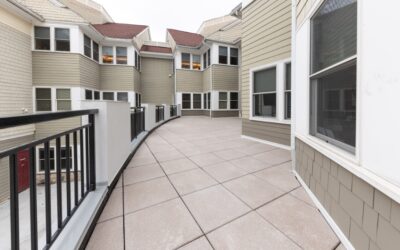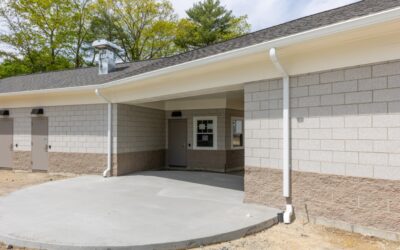The construction industry is one of the most vital sectors shaping our modern communities—from homes and businesses to factories and shopping malls. For building owners, property developers, and real estate developers, understanding the types of construction is critical for ensuring a project’s success.
This comprehensive guide will walk you through the seven key types of construction, their importance, and how to make informed decisions when selecting the best approach for your next project.
By the end of this post, you’ll have a clearer understanding of how construction types impact safety, compliance, sustainability, and long-term costs while showcasing expert services from South Coast Improvement Company to support your endeavors.
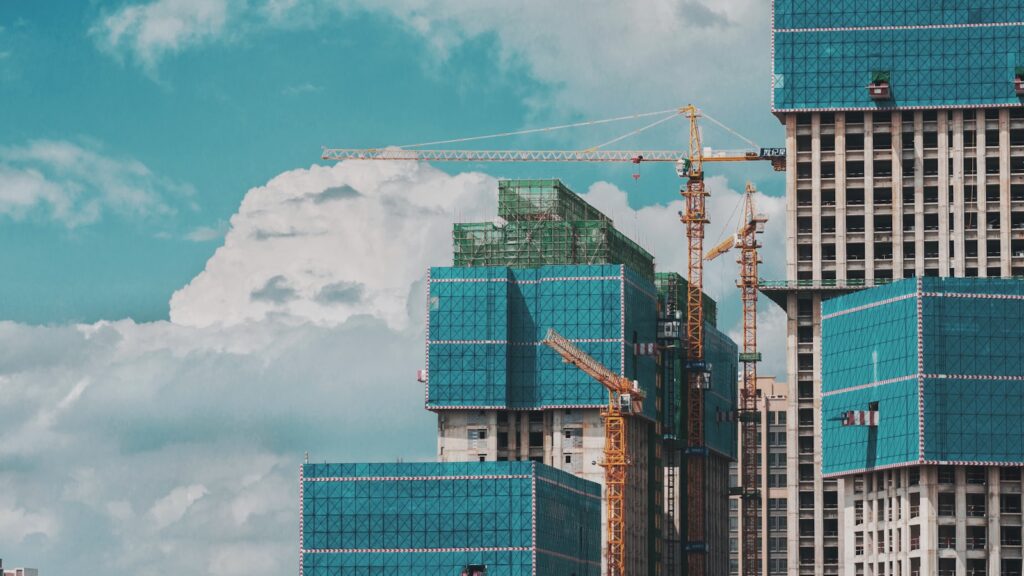
Why Construction Types Are Crucial for Success
Before discussing specific construction types, it’s important to understand why this concept matters so much.
1. Ensuring Safety and Code Compliance
From fire resistance ratings to structural materials, choosing the right construction type and appropriate building elements and building materials ensures your building will meet regulations like the International Building Code (IBC) while minimizing safety risks for occupants and workers.
2. Impact on Timelines and Budgets
Construction types determine the complexity of the project and influence timelines, resource requirements, and costs. Misalignment here can cause delays and budget overruns.
3. Sustainability and Energy Efficiency
Growing environmental concerns make it essential to select construction types that reduce environmental impact and promote energy efficiency.
4. Performance and Maintenance
The materials and design choices stemmed from specific construction types have a long-term influence on durability, comfort, and future maintenance costs.
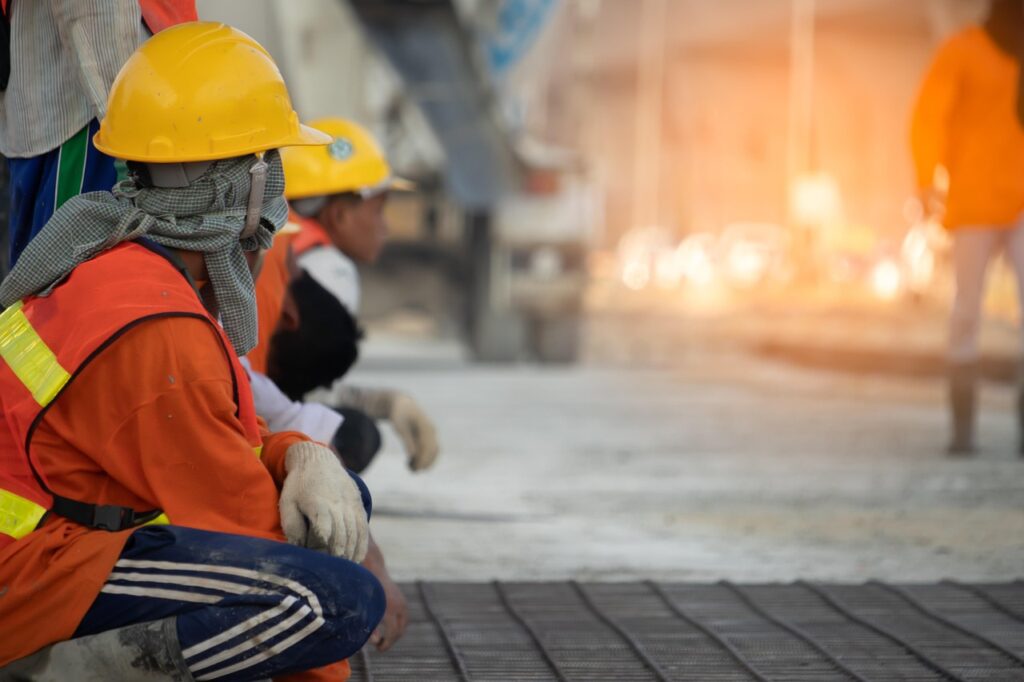
Exploring the 7 Key Types of Construction
Below are the seven types of construction that property owners and developers most commonly encounter, each with unique applications and benefits.
These classifications are essential for understanding the legal requirements, engineering needs, and overall complexities faced during the planning and execution of construction projects.
1. Residential Construction
Residential construction focuses on building homes, apartments, and other living spaces. These projects often involve various interior structural elements, such as frames, floors, and ceilings, which are crucial for both stability and safety. Since these structures revolve around providing comfort and safety for inhabitants, energy-efficient materials and designs are prioritized.
-
Examples: Wood frame construction is popular for single-family homes, while eco-friendly materials like cross-laminated timber offer excellent energy efficiency.
Key Features:
- Accessibility and natural lighting for better living conditions.
- Fire protection systems to meet residential safety standards.
- Cost-effective solutions for long-term sustainability.
2. Commercial Construction
Commercial construction, including office spaces, restaurants, and shopping malls, is designed to accommodate business needs. The primary structural frame is crucial in ensuring the stability and safety of these buildings.
Accessibility for large occupant loads and adaptability for changing uses are key considerations.
-
Examples: Small commercial buildings often utilize ordinary construction, while larger stores use non-combustible materials like brick and steel.
Key Features:
- Fire resistance ratings tailored to building use and size.
- Energy efficiency to reduce operational costs.
- Flexible structural designs accommodating multiple uses.
3. Industrial Construction
Industrial projects, such as factories, warehouses, and power plants, require specialized expertise, equipment, and materials for efficiency.
Fire resistance rating is crucial in these structures to ensure safety during a fire. Since these structures often accommodate heavy machinery, the load-bearing capacity and fire-resistant materials are paramount.
-
Examples: Heavy timber construction has become increasingly common in industrial warehouse facilities due to its durability and sustainability.
Key Features:
- High fire resistance for risky operations.
- Materials like concrete and steel to withstand heavy loads.
- Space optimization for machinery and logistics elements.
4. Fire-Resistive Construction (Type I)
Type I construction relies entirely on non-combustible materials like reinforced concrete or masonry. The choice of building materials in Type I construction significantly impacts fire resistance, safety protocols, and overall project costs.
This makes it the preferred choice for high-rise commercial buildings and hospitals.
Key Features:
- Ability to withstand high temperatures for extended periods.
- Fire-resistant coatings on key structural elements.
- Long lifespan and low maintenance.
5. Heavy Timber Construction (Type IV)
This method employs solid or laminated wood for load-bearing structural members. Type IV construction, characterized by heavy timber framing, provides significant fire resistance while allowing for noncombustible exterior walls. Its aesthetic appeal, sustainability, and strength make it a favorite for medium-sized commercial or mixed-use buildings.
Key Features:
- Superior fire resistance due to the slow charring rate of heavy timber.
- Easily integrated into hybrid designs with steel or concrete.
- Environmentally friendly choice.
6. Ordinary Construction (Type III)
Ordinary construction uses combustible materials like wood frames for interior elements, while exterior walls are constructed from non-combustible materials.
Brick and joist structures are a common example of this, combining masonry or reinforced masonry walls with wooden interiors. It strikes a balance between cost and adaptability.
Key Features:
- Cost-effective for small commercial buildings like restaurants or convenience stores.
- Requires fire protection systems to offset its safety limitations.
- Flexible designs to accommodate different layouts.
7. Light Wood Frame Construction (Type V)
Type V construction relies entirely on wood for load-bearing walls and roof construction, making it one of the most budget-friendly options. The fire resistance rating of Type V construction is generally lower compared to other types, but modern innovations make it safer and more durable.
Typically used for single-family residential buildings, modern innovations make it safer and more durable.
Key Features:
- Quick to construct and highly customizable.
- Fire-resistant wood treatments available to improve safety.
- Lower material costs compared to alternatives.
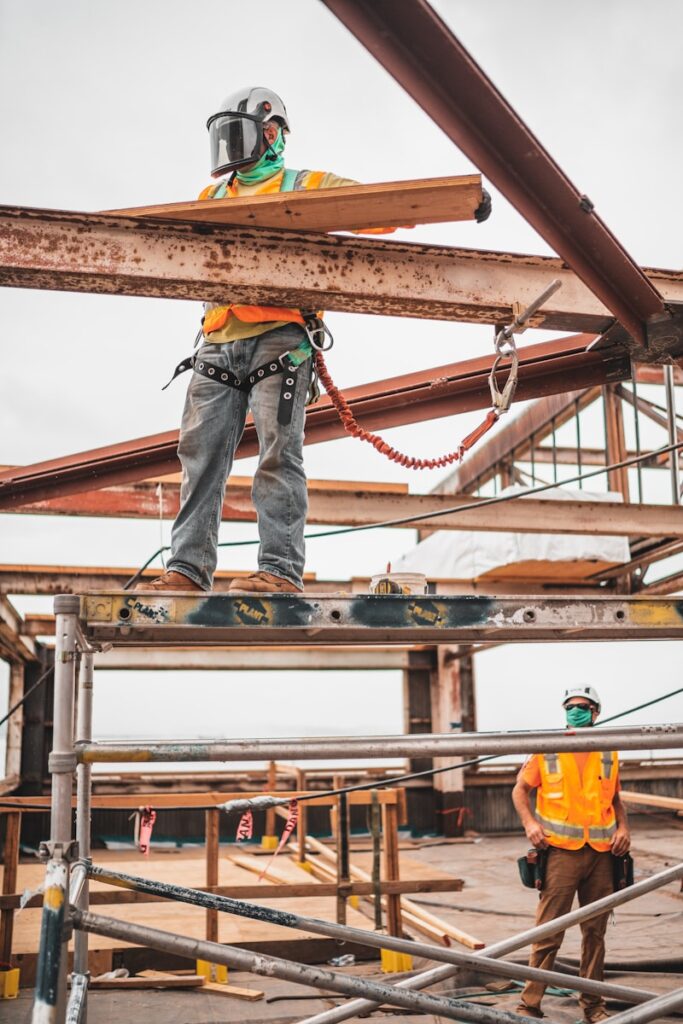
Key Factors for Choosing the Right Construction Type
To ensure optimal results for your project, here are the most critical factors to consider when deciding between different construction types.
Understanding these factors is crucial for effectively managing various construction projects.
1. Purpose and Occupancy
Align construction choices with the building’s primary use and occupant needs (e.g., accessibility for public facilities or load-bearing durability for industrial spaces).
Additionally, consider the building elements, such as walls, floors, and roofs, which must meet specific code requirements for fire resistance based on the type of construction, like Type I or Type V.
2. Budget and Timeline
Identify constraints early in the design phase. The choice of building materials can significantly impact both the budget and timeline of a project.
For smaller projects, ordinary construction may offer an affordable solution, whereas larger projects might benefit from fire-resistive Type I designs.
3. Sustainability Goals
If environmental impact is a priority, consider energy-efficient and eco-friendly materials like heavy timber or steel with enhanced insulation.
Additionally, evaluate the fire resistance rating of these materials to ensure they meet safety standards during a fire.
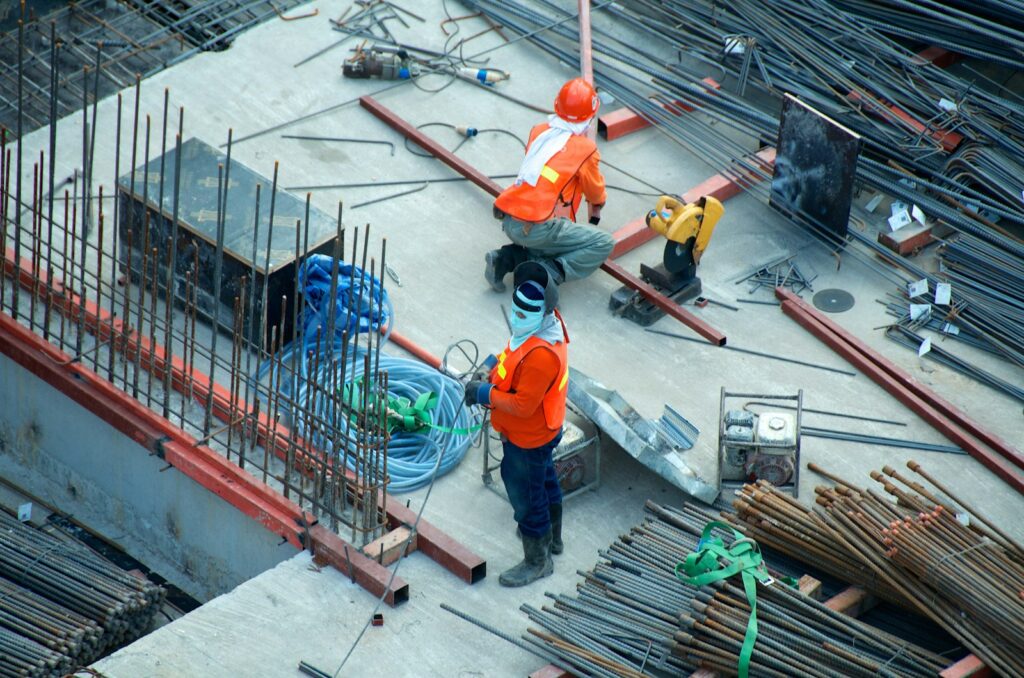
Exterior Walls and Structural Members
Exterior walls and structural members are critical components of a building’s construction, providing support, stability, and protection from the elements.
The type of exterior walls and structural members used in a building can significantly impact its overall safety, durability, and energy efficiency.
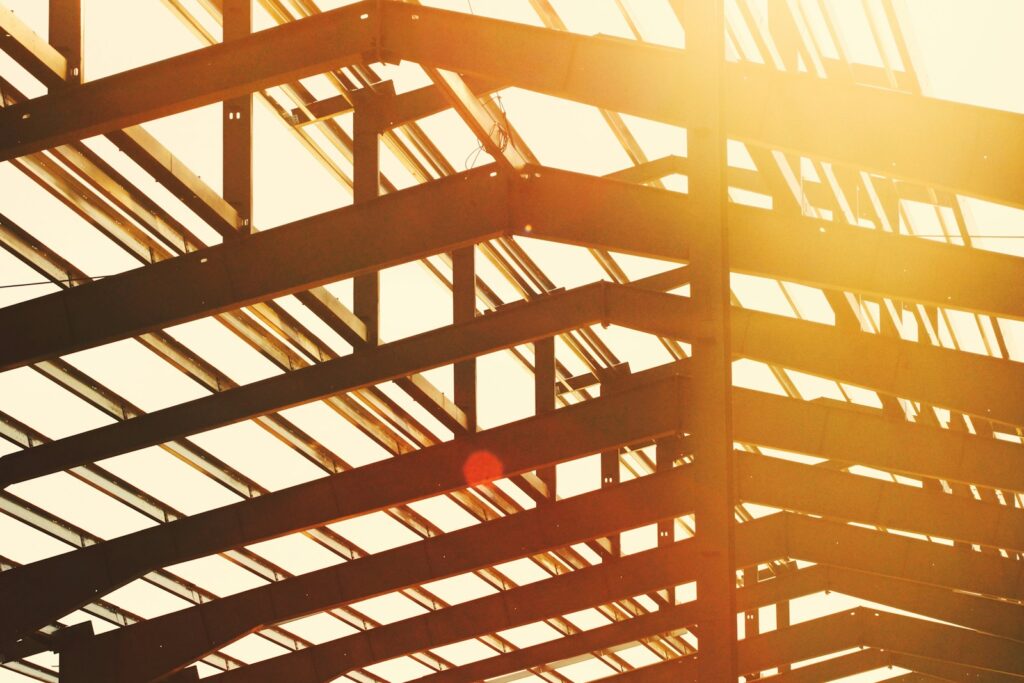
Why Building Codes and Fire Resistance Ratings Matter
To enhance safety, commercial and industrial buildings require strict adherence to building codes, often specified by their fire resistance ratings.
These ratings measure how long materials can resist fire at high temperatures and prevent the spread of flames. The fire resistance rating of a building is crucial in determining the appropriate materials and construction methods to be used for walls, floors, and roofs.
Example
A shopping mall with a high occupant load must comply with fire-resistance standards for interior walls, exterior walls, and bearing walls. Employing non-combustible materials and sprinkler systems ensures the safety of both occupants and inventory.
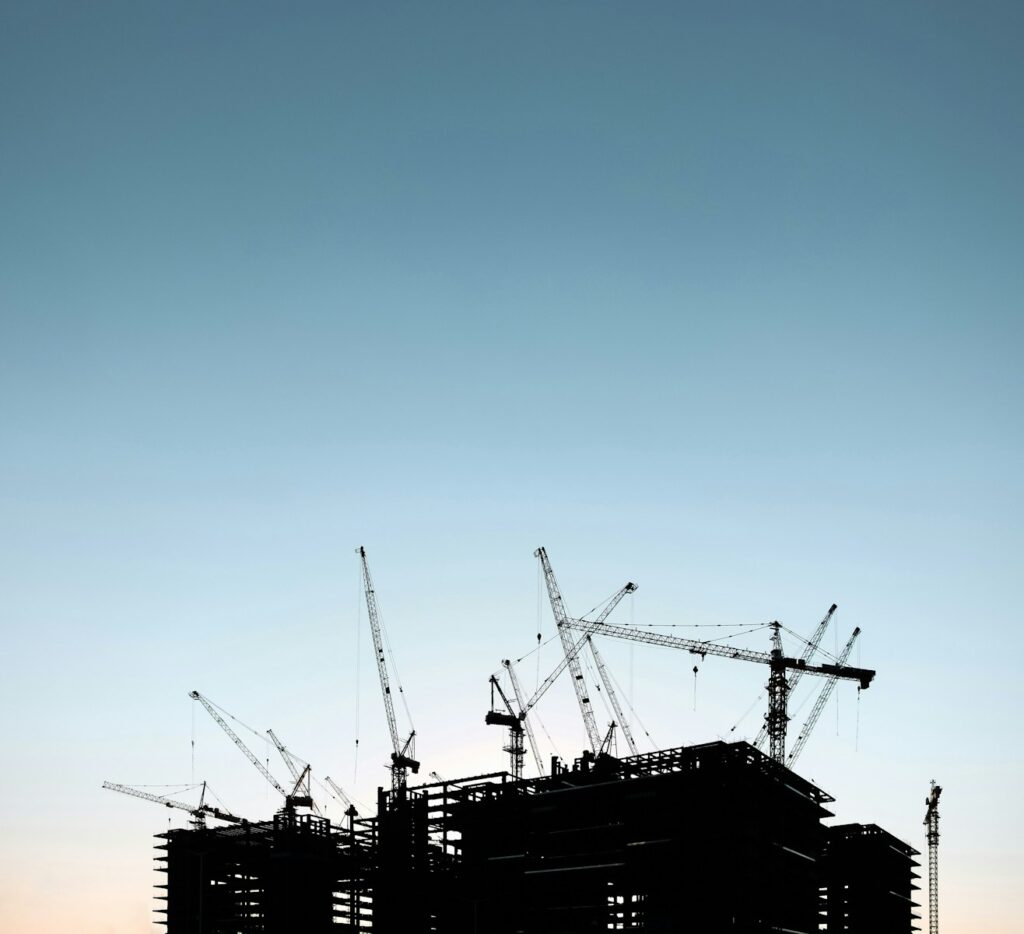
Construction Project Management and Planning
Construction project management and planning are critical components of a successful building project.
Effective project management and planning can help ensure that a project is completed on time, within budget, and to the required quality standards.
How South Coast Improvement Company Can Help
Navigating the construction landscape can feel overwhelming, especially with critical factors like safety, materials, and compliance in play. This is where South Coast Improvement Company comes in.
Our Design-Build Service Package offers a seamless experience, ensuring you have a single-source partner for both design and construction. Here’s how we help transform your project idea into reality:
- Streamlined communication with architects and builders.
- Expertise in fire-resistant materials, construction types, and sustainability methods.
- On-time and on-budget delivery of commercial, residential, and industrial projects.
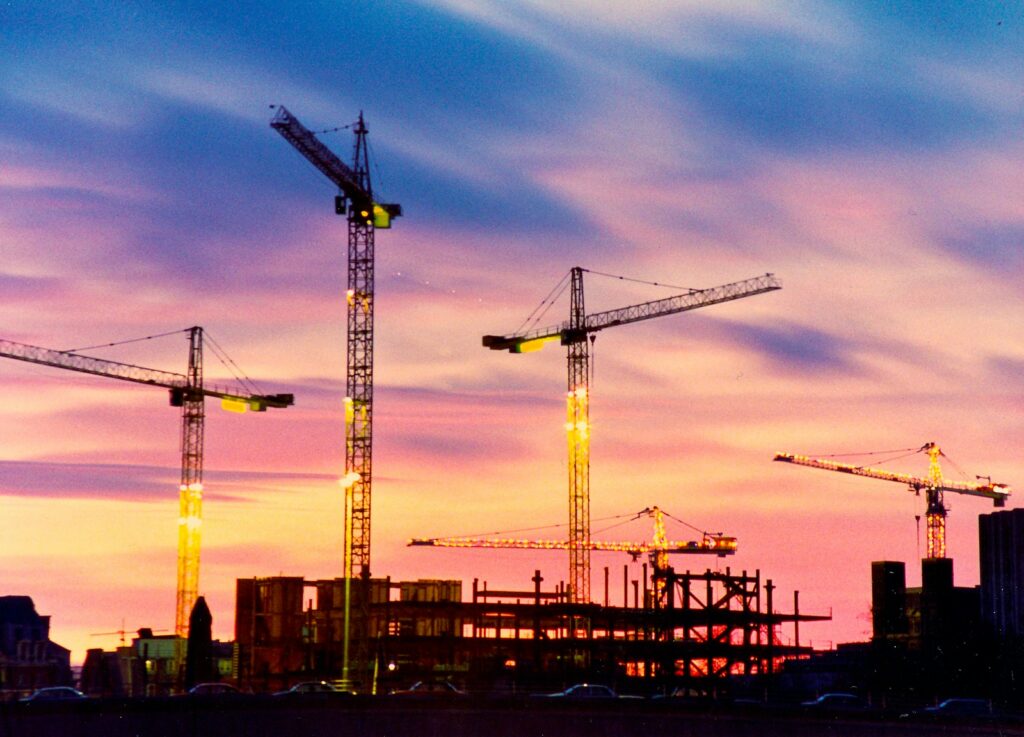
Transform Your Project Today
Understanding the right type of construction for your next project can mean the difference between success and costly setbacks.
When you work with South Coast Improvement Company, you gain a trusted partner with years of expertise in delivering high-quality results across all sectors.
Contact us today for expert advice or schedule a consultation to discuss your project vision. Together, we’ll turn your ideas into structures built to last.
Learn More About Construction Types
To deepen your understanding of construction, explore these resources:
- Different Types of Construction Projects Explained – A comprehensive guide to the various sectors of the construction industry.
- The Importance of Sustainable Building Practices – Learn how sustainability is transforming modern construction.
- Fire-Resistant Construction Materials – Insights into materials designed for enhanced safety and compliance.
- Budgeting for Construction Projects – Tips for maintaining financial control during development.
- Navigating Commercial and Residential Construction Codes – Understanding the codes relevant to your project.
- Construction Technology Trends to Watch – Discover the latest innovations reshaping the construction industry.
- Managing Construction Teams Effectively – Strategies for fostering collaboration and productivity on-site.
- Waterproofing Methods for Building Integrity – Techniques to protect structures from water damage.
- Planning for Construction Site Safety – Essential considerations to ensure worker safety and compliance.
- Evaluating Material Durability for Longevity – Tips for selecting materials that last.
These resources will provide valuable insights, empowering you to make informed decisions for your next construction project.
View Our Work
The Overlook – Masonic Health System
"We’re honored to have partnered with The Overlook on this transformative initiative. Our team brought specialized expertise in working within occupied senior living communities, delivering a seamless renovation that aligns with The Overlook’s exceptional standards of...
Hamilton Wenham
Their team was collaborative, responsive, and committed to our shared vision for this space, -Eric Tracy Superintendent, Hamilton-Wenham Regional School District We partnered with the Hamilton-Wenham Regional School District to deliver a brand-new athletic building...


